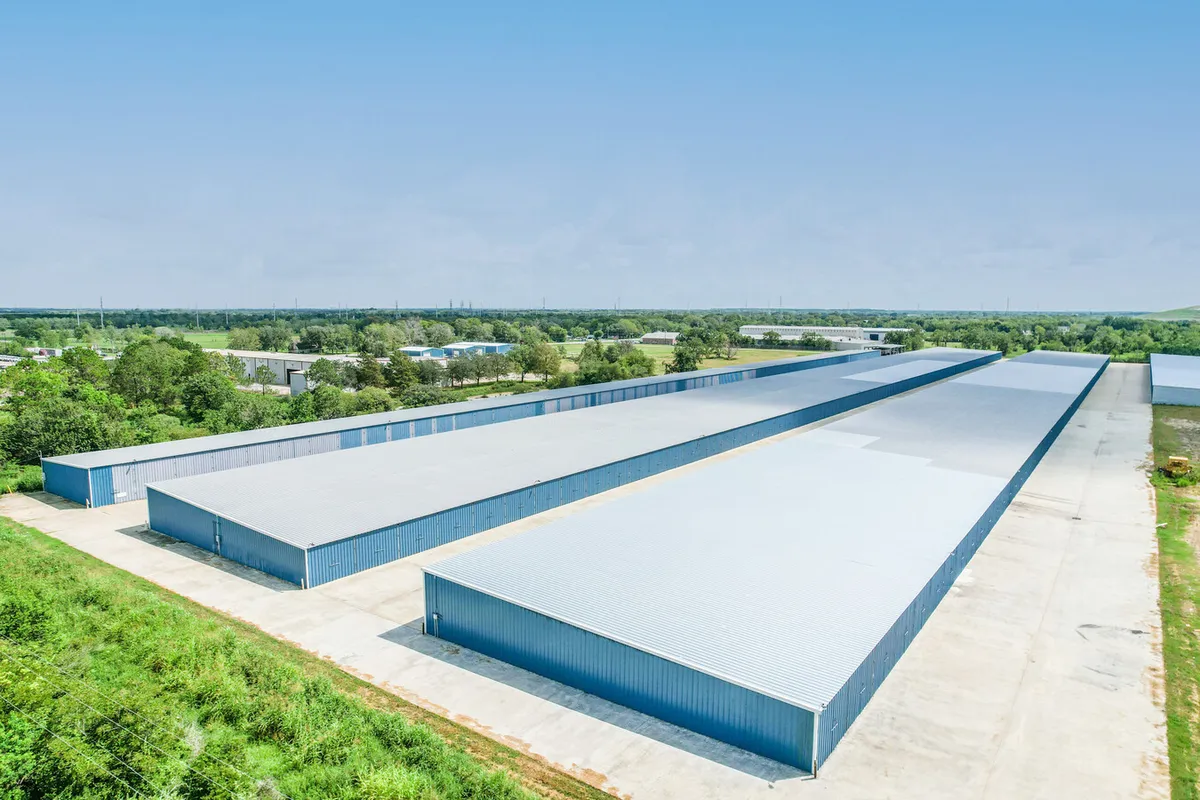And why it won't cost you customers
Once considered an industry trend, tenant protection is now a proven way to boost store revenue and increase peace of mind for tenants and owners.
Tenant protection offers clear value — for just a few dollars a month, your tenants get protection from losses, while your store increases revenue and avoids uninsured tenant lawsuits. For most store owners, the question is simply whether to make tenant protection a requirement. We’ve heard from store owners who understand the benefits of tenant protection but are concerned that making it a requirement will cause customers to choose cheaper, unprotected stores.
Thankfully, we’ve seen the numbers: tenant protection increases store net operating income without capital expenditure. We’ve also seen that attrition rates for providing a value-add like tenant protection are lower than a traditional rent increase.
Here’s 5 reasons to require tenant protection
- Protect your tenants and your bottom line
Tenant protection not only protects your customers — it also benefits your business. While your rental agreement may provide that your store isn’t responsible for theft or damage to tenants’ property, there’s been an upsurge in class-action lawsuits against store owners and operators. To address this risk, many store owners have decided to require tenant protection, reducing their liability and transferring risk to better protect their customers and business.
- Protect your reputation
Requiring tenant protection helps ensure your customers will experience a smooth claims process. Your customers want a quick and easy resolution. By implementing a tenant protection plan through the leasing process, you’ll have peace of mind knowing that if your customer files a claim, it will be handled properly from day one. Which means more happy customers, fewer negative social media reviews!
- Increase monthly income
The value of your self-storage facility depends on its income. Requiring contents coverage increases the number of occupied units that ultimately enroll in an income-boosting tenant protection plan. Indeed, when properly enforced, 90%+ of occupied units enroll in tenant protection. How much more valuable will your self-storage business be with the extra monthly income from SafeLease’s tenant protection? - Enrollment and enforcement are easy
Tenant protection requirements only work if they are properly enforced. Look for a partner that (1) includes tenant protection in the lease addendum, (2) includes tenant protection in the monthly unit rental price, and (3) has the technology to auto-enroll new/existing tenants that don’t have private insurance records on file. Automatic enrollment eliminates the sales efforts required by insurance programs that must be sold to each tenant. And automatic enforcement ensures your tenants have the coverage they need. - Happy tenants, happy owner
When damage or loss occurs, tenants won’t have to reach into their pockets or come knocking on your door to recoup the loss. Imagine a natural disaster or weather event that impacts your property. With enforced contents coverage, every tenant is protected the moment they sign up, so unexpected losses don’t fall on you as the store owner.
Not requiring tenant protection is a costly lost opportunity. The revenue from tenant protection is all margin, and when properly implemented and enforced, a tenant protection program can reliably generate more revenue than truck rentals or the sale of boxes, locks, and packing supplies. Here’s some simple math to illustrate the benefit of a tenant protection requirement.If you manage a facility with 1000 units and 90% physical occupancy, it is reasonable to expect to have 88% of tenants enrolled within 30 days of program implementation. That level of buy-in nets out to $6,653 additional revenue per month to the facility and an increase in property value of $1.33 million based on a 6% cap rate.








%20(1).jpg)


